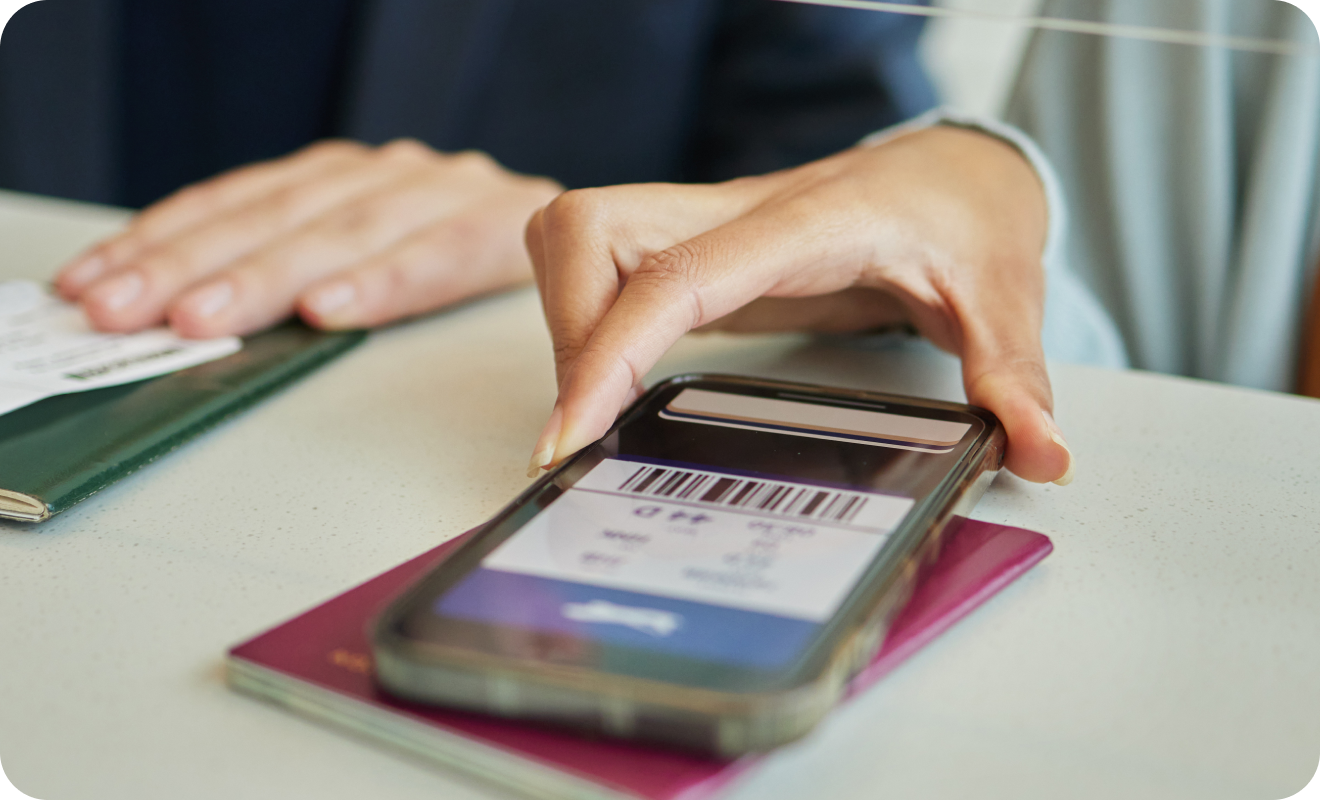Compartir este artículo
Desde su humilde inicio en un supermercado de Ohio hasta convertirse en una herramienta omnipresente en todas las transacciones comerciales del mundo, el código de barras ha cumplido recientemente 50 años de facilitarnos la vida. Este sistema informático, aparentemente simple pero increíblemente poderoso, ha cambiado la forma en que compramos, vendemos y gestionamos productos.

Hoy, sigue siendo fundamental en un mundo cada vez más digital y conectado.
El hito que marcó el inicio de esta revolución tecnológica ocurrió el 26 de junio de 1974, cuando un escáner de precios en un supermercado Marsh en Troy, Ohio, leyó por primera vez el Código Universal de Producto (UPC) en un paquete de chicles Wrigley. Esta innovación, desarrollada conjuntamente por Spectra Physics, NCR y un grupo llamado ‘Comité Ad Hoc de la Industria de Comestibles’, transformó radicalmente el panorama minorista al proporcionar una forma eficiente de identificar y rastrear productos.
El concepto del código de barras fue concebido décadas antes por los ingenieros Bernard ‘Bob’ Silver y Joseph Woodland, quienes lo patentaron en 1952. Sin embargo, su implementación práctica solo fue posible con el advenimiento de tecnologías como los láseres y las minicomputadoras.
¿Qué hace al código de barras tan poderoso?
Su simplicidad y su capacidad para almacenar información vital sobre un producto en un pequeño espacio. Consiste en una serie de líneas negras paralelas de diferentes anchuras sobre un fondo blanco, que representan secuencias de caracteres. Estas líneas son escaneadas por dispositivos electrónicos, como lectores láser, que decodifican la información y la entregan instantáneamente al sistema informático.
El impacto del código de barras se extiende a prácticamente todos los aspectos de nuestra vida cotidiana. Desde alimentos y medicamentos hasta repuestos de automóviles y libros de biblioteca, los códigos de barras se utilizan para controlar, identificar y rastrear una amplia gama de productos y servicios en diversos sectores de la economía. Han revolucionado la logística, simplificado la gestión de inventarios y aumentado la eficiencia en la fabricación industrial.
Incluso en la era digital, el código de barras sigue siendo relevante. Empresas como ManageEngine ofrecen soluciones de gestión de activos de TI que aprovechan esta tecnología para agilizar procesos y rastrear activos de manera eficiente. Además, nuevas innovaciones, como el uso de códigos QR en lugar de etiquetas físicas en los envíos de paquetes, están llevando esta tecnología un paso más allá hacia la sostenibilidad.
En resumen, el código de barras ha sido una de las innovaciones más importantes en la historia del comercio. Desde su introducción en 1974, ha sido fundamental para mejorar la eficiencia, reducir errores y facilitar la vida tanto para consumidores como para empresas. A medida que celebramos sus primeros 50 años, es evidente que el código de barras seguirá desempeñando un papel crucial en nuestro mundo cada vez más conectado y digitalizado.














